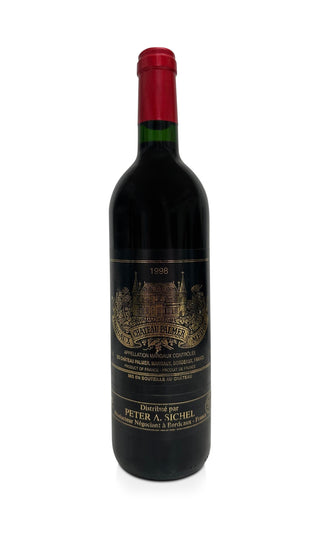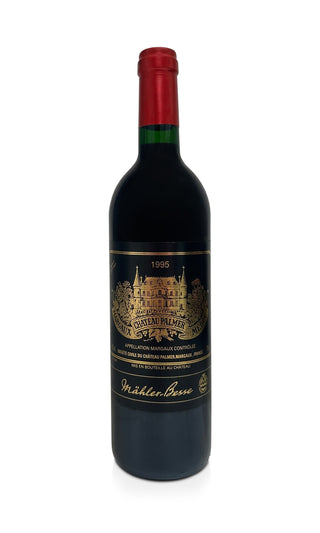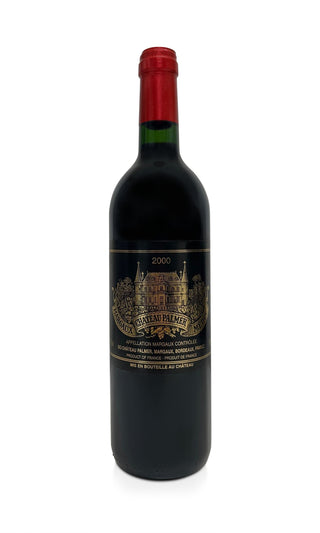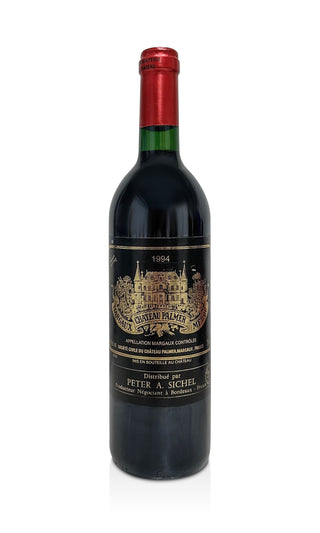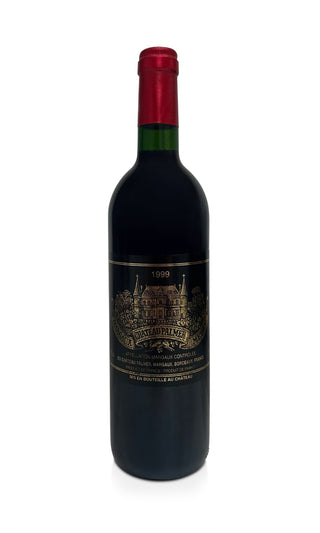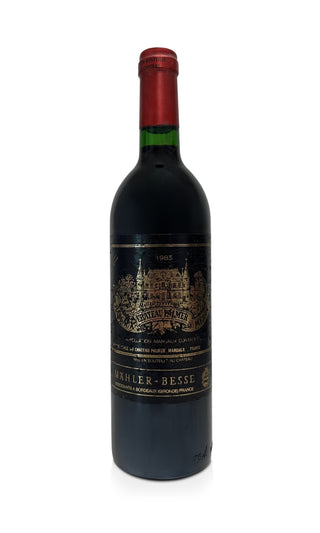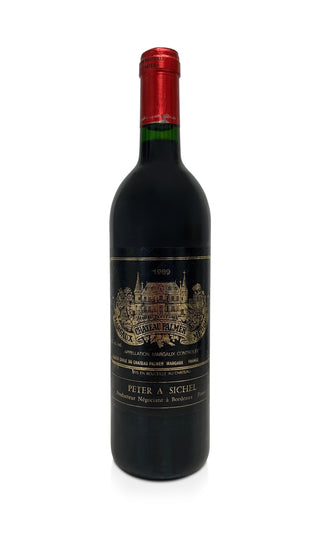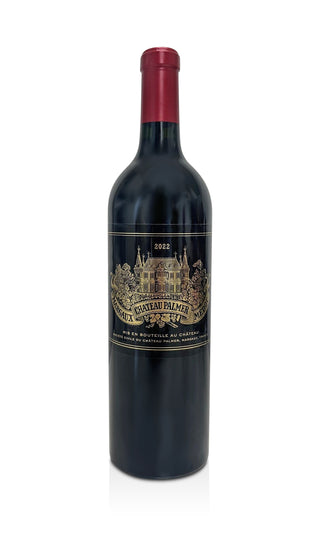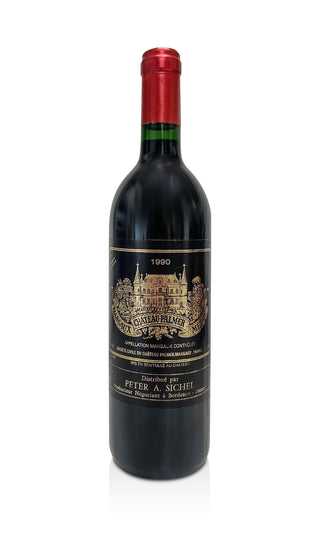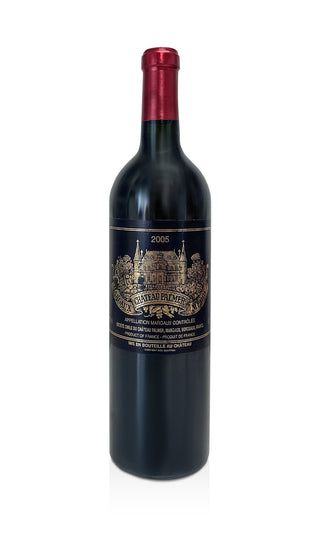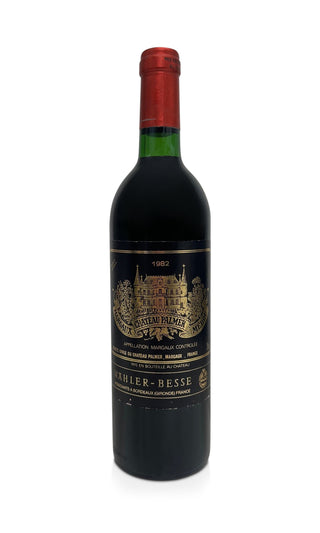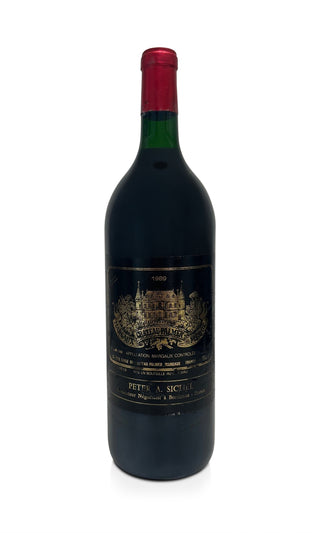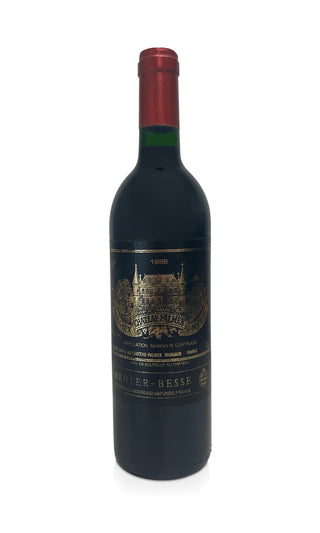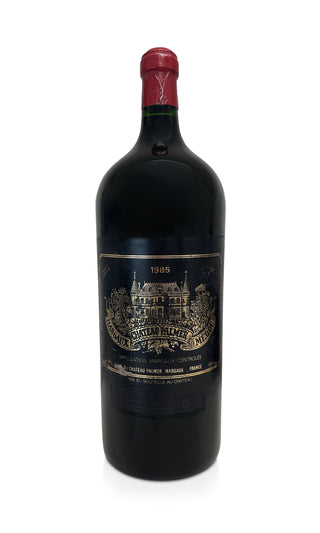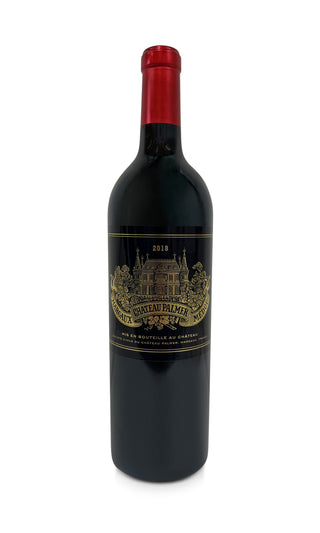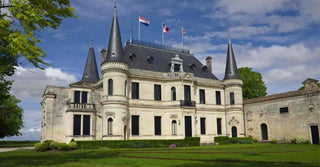
Chateau Palmer
Chateau Palmer
Around Bordeaux, where the rivers Garonne and Dordogne unite to form the Gironde, some of the finest and most expensive wines in the world thrive. Blessed by the abundance of water and an excellent climate and equipped with excellent soil, this spot of land allows viticulture at the highest level. Château Palmer cultivates Cabernet Sauvignon, Merlot and Petit Verdot on around 66 hectares on the left side of the Gironde.
Château Palmer - History
The basic features of the winery, which was acquired by British officer Charles Palmer in 1814, were already established in the 17th century. Palmer modernized the operation and expanded the cultivation area to an impressive 82 hectares at the time. The excellent quality of the wines soon found favor with British aristocratic circles and was appreciated at the table of King George IV. In 1843 Palmer had to sell the estate to the city of Paris for financial reasons. It later went into the hands of the banker brothers Pereire. After the great phylloxera infestation and the wars, the estate was taken over by a consortium of four local winegrowing families. The descendants of the Sichel and Malher-Besse families still own Chateau Palmer today. The wine expert Edouard Miailhe led the estate up to the legendary 1961 vintage and thus back to the top of the international top wineries. Until 2004 Palmer was under the direction of Edouard Miailhe jun. Today the estate is managed and managed by Thomas Duroux. With the introduction of biodynamic farming in 2014, the next chapter in the history of the estate was opened.
Terroir, vineyards and grape varieties
The estate's vineyards now cover around 66 hectares in the Margaux wine-growing region. On soils predominantly characterized by pebbles, Palmer relies on a high plant density of 10,000 vines per hectare in order to achieve deep rooting of the vines and to bring the full aromas of the terroir into the wines. The philosophy of the house is based on the desire to transform the complexity of the terroir into a wine with a pure and precise expression. Due to its privileged location in the immediate vicinity of the Gironde estuary, the estate is spared late frost periods and repeatedly produces vintages that rival or even surpass the neighboring Chateau Margaux. The vineyard area is divided into about 47% Merlot, 47% Cabernet Sauvignon and 6% Petit Verdot.
Vinification and motto of the winery
Precision winemaking is a top priority at Palmer: Grapes sorted according to 106 plots are handpicked again and, after light pressing, stored in 54 conical vats. The alcoholic fermentation takes place in temperature-controlled stainless steel tanks using the gentle reassembly process. After 10 days of maceration, malolactic fermentation in wooden barrels, analysis and definition of the final assemblage follow. Finally, the red wines mature in oak barrels for 18 to 21 months. The quality of the Chateau Palmer products is further refined by using 50% old oak barrels.
Wines, rarities and specialties
Palmer vinifies blends of the red grape varieties Cabernet Sauvignon, Merlot and Petit Verdot. If you ask lovers of the chateau about what makes the house special, they usually answer that it is the particularly high proportion of Merlot. While other wineries on the left bank of the Gironde are mainly planted with Cabernet, the proportion of Merlot at Palmer is comparatively high at 42% to 55%. Due to their special texture, Palmer red wines already achieve charm in their youth and develop into unbelievable complexity and aromatic fullness with age.
Palmer's wines are also known for their power and noblesse and the enormous fragrance of the bouquet. The Château Palmer Grand Vin of the same name is a complex cuvée of Cabernet Sauvignon, Merlot and Petit Verdot in proportions that vary from year to year. Winemaker Thomas Duroux describes his Grand Vin as an expression of pleasant moderation and a harmonious symphony of aromas, strong tannins and velvety aromas with a pleasant length on the palate. Each bottle of Grand Vin has a black label with neo-Renaissance chateau in gold.
The estate's Deuxième Cru is the famous alter ego , which the estate owners understand as a more spontaneous interpretation of the great terroir. First vinified in 1998, Alter Ego is smooth and well-rounded, with far more fruity and youthful flavors than the Gran Vin de Palmer. The wine's trademark is presented in reverse color scheme with a black chateau on a gold background.
With the historical wine of the XIX. At the end of the 19th century , the long-forgotten tradition of blending Clairets from Bordeaux with Syrah from the Rhône was revived. The wines, formerly known as "hermitagés", are characterized by particular strength and structure. Duroux reconstructed the wines of the 19th century and presented for the first time in 2016 a blend of 90% Margeaux wines and 10% wines from the northern Rhône Valley.
Chateau Palmer's Vin de Blanc is another rarity. After the war, white wine had completely disappeared from the Palmer winery. In the late 1990s, winemakers found two bottles of Vin Blanc from 1925, on the basis of which (40% Muscadelle, 34% Sauvignon Gris and 26% Loset) a small edition Vin Blanc de Palmer was launched in 2007.
